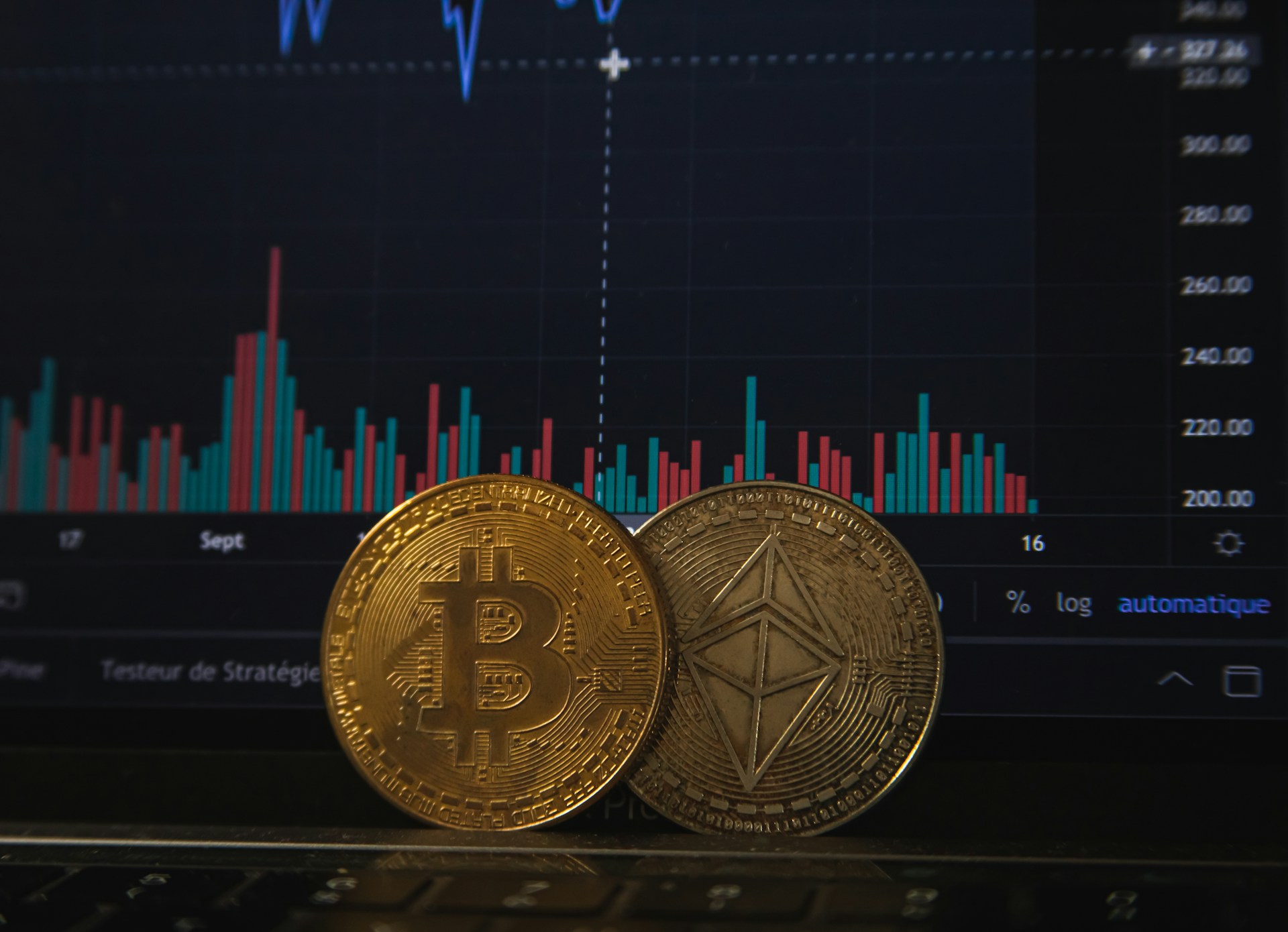Top Margin Trading Strategies for Crypto: Increase Profits and Manage Risks Effectively
Introduction to Margin Trading Strategies in Crypto Margin trading in cryptocurrency markets has gained popularity as a way for traders to increase their profit potential through leveraged positions. By using borrowed funds, margin trading enables traders to open larger positions than they would be able to with their own capital, amplifying gains while also posing higher risks. As with any financial strategy, successful margin trading requires a well-rounded understanding of both market dynamics and risk management. This guide breaks down the essential margin trading strategies for crypto traders, explores key benefits and risks, and provides actionable tips to succeed in this high-reward environment. With the right strategies in place, margin trading can be a valuable tool for traders looking to leverage their knowledge and maximize returns in the fast-paced crypto market. For more on advanced crypto trading, explore TextTrades for in-depth guides. Types of Margin Trading Strategies in Crypto (Poses) A fundamental strategy in crypto margin trading is long or short position trading. When traders anticipate that a cryptocurrency’s price will rise, they may take a long position, buying low with borrowed funds and aiming to sell high. Conversely, in a short position, traders borrow assets and sell them at the current price, with the intent of repurchasing them at a lower price to profit from the difference. This approach allows traders to benefit from both upward and downward market movements, offering versatility in diverse market conditions. Another common approach is cross-margin trading, where the available margin is shared across all open positions within the account. This strategy can be advantageous because profits from one position can help prevent liquidation in another, allowing for greater flexibility. However, this can also increase overall risk, as losses in one position can affect the entire margin balance. For traders seeking a more conservative option, isolated margin trading restricts the margin to a single position. In this case, only the funds in the specific position are at risk, offering a more controlled approach to leverage. One of the more advanced margin trading strategies involves stop-loss and take-profit orders. These are automated trades that help manage risk by setting predetermined exit points, protecting against losses and securing profits. For instance, a stop-loss order automatically closes a position if the asset’s price drops to a certain level, limiting losses. Take-profit orders, on the other hand, lock in gains when a price target is met. These automated controls are essential for traders managing high-risk leveraged positions and looking to secure returns without constant monitoring. Read Also: Future of AI in Crypto Benefits of Using Margin Trading Strategies One of the primary benefits of margin trading strategies is increased profit potential. By using leverage, traders can open larger positions than they would with their own funds alone, enabling them to capitalize on smaller market movements. For example, with 10x leverage, a 1% price increase in a cryptocurrency can yield a 10% profit, which would be challenging to achieve through traditional trading. According to recent industry data, the global margin trading volume grew by 87% in the past two years, underscoring its popularity as a tool for boosting returns. Another significant advantage of margin trading is the flexibility to profit in both rising and falling markets. Through long and short positions, traders are not restricted to price increases to make gains. This versatility is especially valuable in the cryptocurrency market, which is known for its volatility and frequent price fluctuations. By strategically using both long and short positions, traders can hedge against unfavorable price trends and turn volatile market conditions into profitable opportunities. Margin trading also promotes greater capital efficiency. Since traders are able to leverage their existing funds, they can maintain more of their capital in reserve while still gaining significant exposure to the market. This efficiency allows for the optimization of funds across multiple trades and investment opportunities, enabling diversified exposure and potentially enhancing portfolio performance. For traders looking to maximize their capital usage and allocate assets across various positions, margin trading offers a structured and strategic way to optimize returns. Tips for Successful Margin Trading When it comes to margin trading, adopting effective risk management practices is essential. One of the most important tips is to limit leverage according to your experience level and risk tolerance. Newer traders are often advised to start with lower leverage ratios, such as 2x or 3x, as higher leverage significantly increases both potential gains and risks. A single unfavorable market movement can lead to substantial losses, and beginners may find it challenging to manage such volatility without experience. Another critical tip is to employ stop-loss and take-profit orders consistently. These automatic triggers can help manage emotional decisions by setting predefined exit points that protect against unexpected losses and lock in gains. Traders should take the time to identify optimal stop-loss levels based on technical analysis or historical price patterns, adjusting these levels as the trade progresses. This approach is especially helpful in the crypto market, where sudden price movements are common. Lastly, conducting thorough market analysis is a key component of successful margin trading. Crypto markets are highly responsive to news events, regulatory changes, and macroeconomic trends, making it crucial for traders to stay informed and adjust their strategies accordingly. Combining technical and fundamental analysis can provide valuable insights into price trends and help traders make informed decisions. Platforms like TextTrades offer educational resources and market analysis tools that are invaluable for traders looking to refine their strategies and improve outcomes. FAQ: Margin Trading Strategies in Crypto What is margin trading in cryptocurrency? Margin trading in cryptocurrency involves using borrowed funds to trade larger positions, allowing traders to amplify profits by leveraging their capital. This type of trading can increase both gains and losses, making risk management crucial. Is margin trading suitable for beginners? Margin trading is generally considered more suitable for experienced traders due to its higher risk profile. Beginners interested in margin trading should start with low leverage and focus on building a solid understanding of market … Read more




